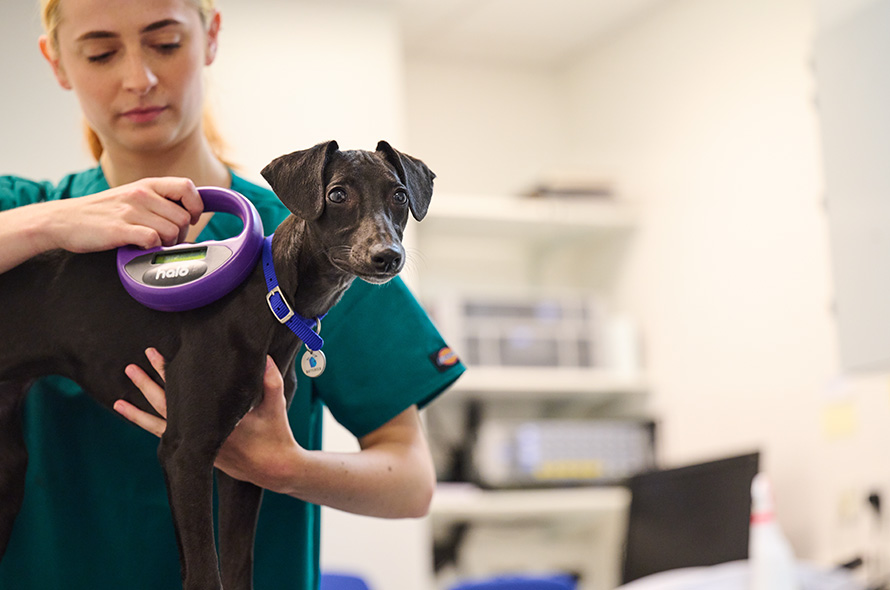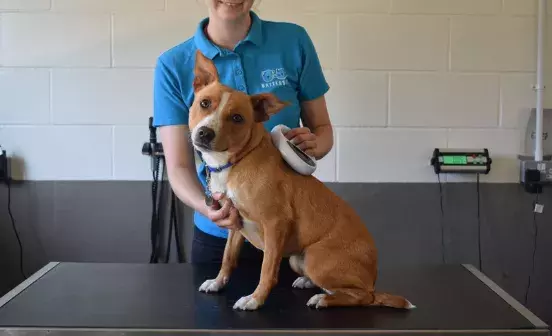Since April 2016, it’s been a legal requirement to microchip your dog in England, Scotland, and Wales. Under this law, a dog’s microchip details must be stored on an authorised, compliant database by the time it is eight weeks old.

At Battersea, we know the importance of microchipping. It is the single biggest tool that helps us to reunite hundreds of dogs with their loving owners each year. Since 2016, we’ve been keeping track of the impact of microchipping and monitoring how the change in the law has affected stray dogs. We do this by surveying Local Authorities and comparing their answers year-on-year.
This year’s report draws attention to how effective microchipping can be and where there is room for improvement.
Working well when implemented
Microchipping works when fully implemented. 94% of stray dogs that were fully compliant with the microchipping regulations were reunited by Local Authorities with their keepers.
Accurately microchipped dogs are 54% more likely to be reunited with their keepers or owners than unmicrochipped dogs if they go missing, so microchipping is a vital part of protecting your dog if it gets lost. The law refers to a dog’s keeper. Most dog owners are also the keeper of the dog as they are the person that the dog lives with, but the owner and the keeper could be two separate people. For example, stray animals who are brought to a Battersea centre are registered to Battersea after seven days, (and all attempts have been made to contact any keepers/owners) so at that point Battersea becomes their keeper. When an animal is rehomed, the microchip is registered to the new owner and they replace Battersea as the keeper. Puppies must also be registered to a database before they are eight weeks old, so a rescue centre or breeder will often be their first keeper in the eyes of the law. The Regulations put responsibility for compliance on a dog’s keeper and not on its owner where they are two different people.
According to Battersea research, the number of dogs dealt with by Local Authorities has reduced by 66% from 2021 to 2016. This shows the impact of microchipping, as veterinary practices and rescue charities are now able to reunite more lost and stray dogs with their keepers quickly without the need to involve Local Authorities.
Not all dogs benefit
Five years on from the law changing, 23% of dogs who are found as strays do not have a microchip implanted. Furthermore, only 26% of stray dogs were fully compliant with the microchipping regulations. This means that 74% of stray dogs handled by Local Authorities cannot be quickly and simply reunited with their keepers solely using their microchips, as they should be.
One of the biggest issues is people failing to update microchip records. 63% of stray dogs implanted with a chip have an inaccurate record. Most of these are new keepers, or owners, failing to update the microchip record, or to create a microchip record on a microchip database when they get a dog.
New issues emerge
Dogs registered on a foreign database now account for 10% of all strays in London (though only 4% elsewhere). These animals are potentially a serious health risk, particularly if they come from countries with rabies, or other diseases uncommon in the UK. Without the ability to recognise the chip and contact the owner, Local Authorities, vets, and rescues do not know where the dog has come from and therefore must quarantine these dogs. This is expensive, and diverts resources from other critical areas.
How to make it work better
The most important change must come from dog owners and keepers. Keepers must ensure their dog is microchipped, registered on a Department for Environment, Food and Rural Affairs (DEFRA) compliant database and that their details are up to date.
However, the Government can help. Local Authorities need sufficient resources and a legal duty to enforce the Regulations, preferably through Fixed Penalty Notices which would allow them to fine owners and keepers for non-compliance quickly and easily. Issuing best practice guidance for Local Authorities would also help highlight how the law can be effectively enforced, as many Councils are already doing.
You can read more about Battersea’s microchipping research and our recommendations here.


